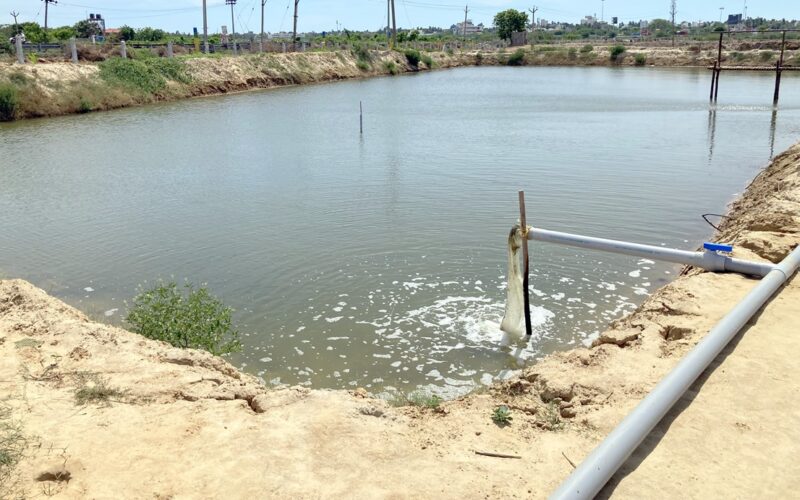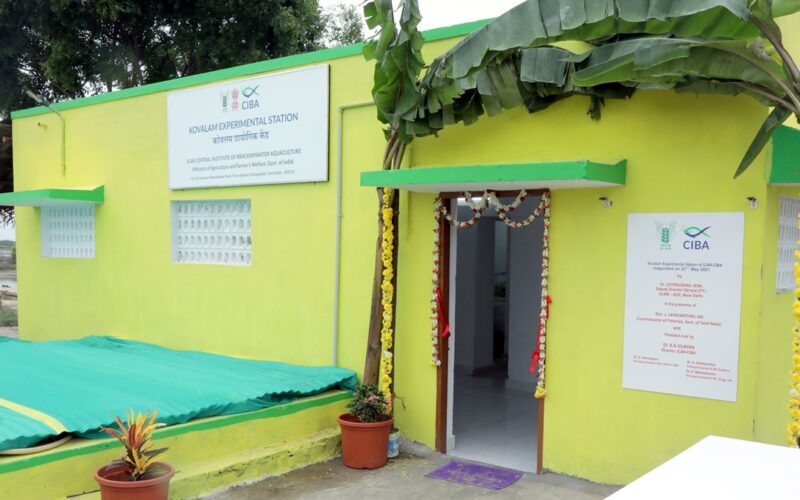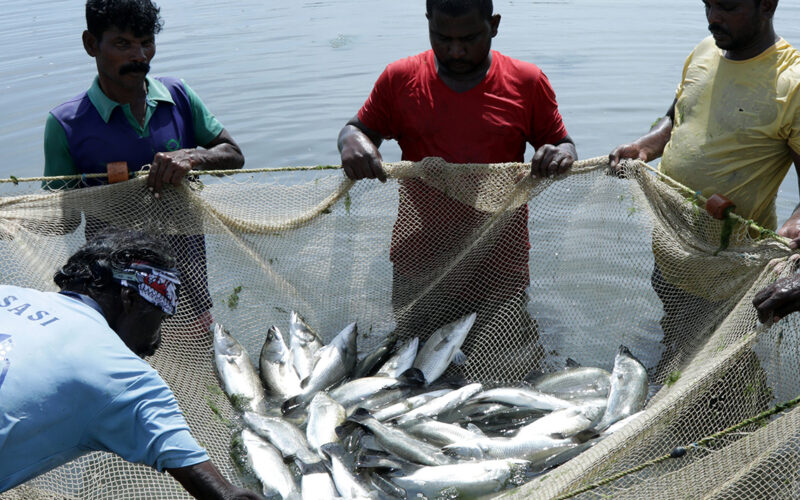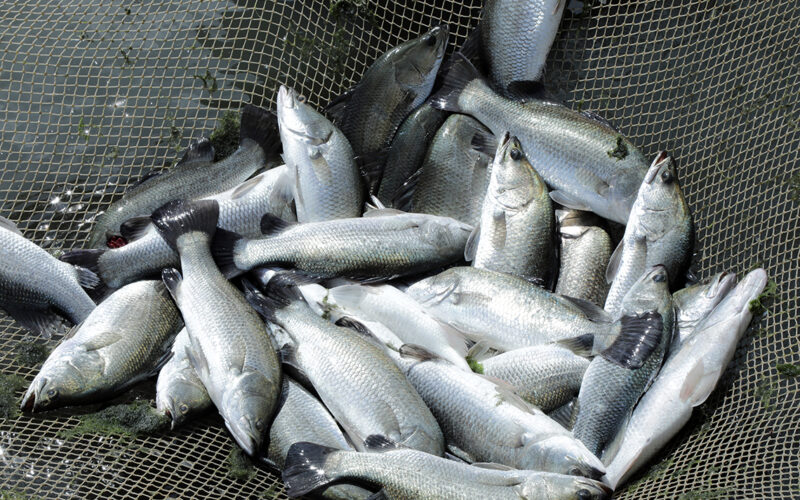Kovalam Experimental Station (KES) of ICAR-CIBA holds about 64 acres of land and brackishwater resources located between the East Coast Road (ECR), and Old Mahabalipuram Road (OMR) at Kovalam, Thiruvidanthai. The facility was previously under the Salt Board, Ministry of Commerce and Industry, Government of India and has been handed over to ICAR-CIBA on 20th August 2020, to expand its research and development activities. On 22nd May 2021, Dr. J. K. Jena, Deputy Director General (Fisheries), ICAR, New Delhi, inaugurated the Kovalam Experimental Station (KES), in the presence Chief Guest Shri. J. Jayakanthan, IAS, Commissioner of Fisheries, and Dr. K. K. Vijayan, Director, CIBA.
The major mandate of CIBA is sustainable brackishwater aquaculture development in the country. This newly acquired area is being converted as brackishwater farms for conducting shellfish and finfish farming trials, brood banks, nursery banks and other allied activities. This land has access to estuarine/coastal/oceanic waters and comprised of stretches of ponds, canals and inundated hyper-saline stretches, ideal for the development of diversified farming systems for seabass, milkfish, red snapper, mud crab, Penaeid shrimps (Tiger shrimp, Pacific white shrimp, Indian white shrimp) Artemia, Polychaetes etc. This site is just two kilometers away from the Muttukadu Experimental Station (MES) and about 28 km from headquarters of CIBA, which is being developed as 3rd campus of CIBA in Tamil Nadu.
Maiden harvest of Asian seabass, mud crab etc. from newly established Kovalam Experimental Station (KES)
One of the ponds stocked with juvenile seabass fish reached a market size and was harvested on 28th Aug, 2021, as a maiden fish harvest from this new farming facility. Seabass farmed using indigenous feed developed by the CIBA (SeebassPlus) and its maiden harvest from a pond based system was witnessed by the group of farmers. The fishes were marketed locally for a price of Rs. 400/kg. The interesting observations in this farming demonstration is, in a short period, clean and healthy seabass could be reared to a market size of > 600 g, completely on formulated feed with the lowest FCR. This short-term seabass grow-out model (< 4 months) can be promoted for crop rotation with shrimp farming to avoid the repeated disease outbreaks.
In another pond (500 m2), 250 numbers of wild juvenile mud crab, Scylla serrata weighing 56 g (14.0 kg biomass were stocked @ 0.5 numbers /m2. They were fed with tilapia fish meat @ 10% of the biomass, 1.4 kg/day. The water was exchanged (10%) in 15 days intervals from the pond. The dissolved oxygen was varied from 4.8 ppm to 4.9 ppm till the harvest. The pH varied from 7.5 to 8.5 and salinity varied from 34 to 35 PSU with a temperature from 33 to 34oC. The total alkalinity of the pond varied from 220-240 ppm whereas, the total hardness from 8,200 to 8,300 ppm. The grow-out practices were continued up to 77 days and then harvested and 29 kg biomass was harvested. The gained weight was around 15 kg in 77 days of culture (DOC). The survival was 42.8% and about 107 crabs were harvested. The harvested size of crabs reached up to 547 g in 77 days.
Click here for Profile Document
For further details contact
The Officer-In-Charge,
ICAR-CIBA Kovalam Experimental Station (KES)
No 43, Kovalam-Kelambakkam Road,
Thiruvidanthai, Changalpattu, Tamil Nadu 603112.
Email: oic_kes.ciba@icar.gov.in, Website: www.ciba.res.in



